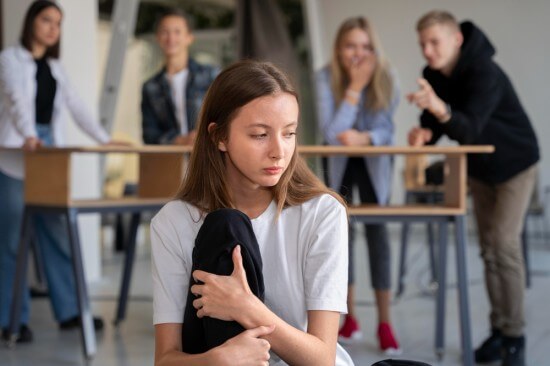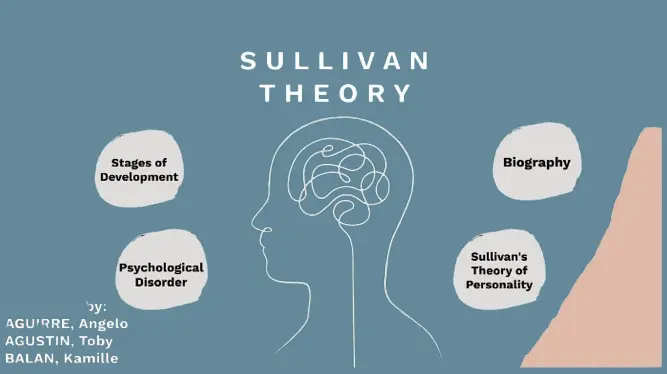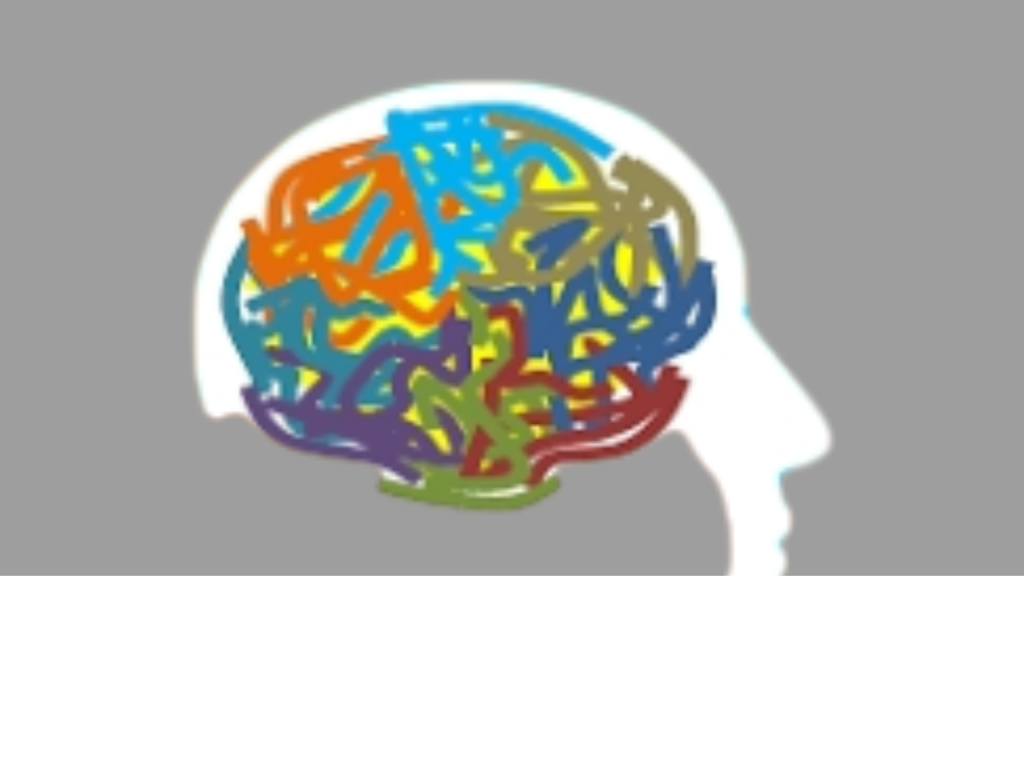Introduction
Bullying and peer pressure are two of the most pressing issues facing young people today. While every generation has faced challenges in growing up, today’s youth deal with these problems not only in schools and neighborhoods but also in the digital world. Technology and social media have expanded the spaces where bullying and peer influence occur, making them harder to escape.

Both bullying and peer pressure can shape how teenagers think, behave, and see themselves. They influence mental health, relationships, academic performance, and even long-term well-being. Understanding what these terms mean, how they affect young lives, and what can be done about them is essential for parents, educators, and teens themselves.
What is the Meaning of Peer Pressure?
Peer pressure refers to the influence that peers—friends, classmates, or social groups—have on an individual’s behavior, decisions, and identity. It is a powerful social force, especially during adolescence when the need for belonging is at its peak.
- Direct peer pressure: When someone is openly persuaded or challenged to act in a certain way (e.g., being dared to try alcohol).
- Indirect peer pressure: When individuals feel pressure to conform without being asked directly, such as wearing the same style of clothing or acting a certain way to “fit in.”
Peer pressure isn’t always negative. It can encourage positive behaviors like working harder in school, playing sports, or avoiding harmful substances. However, when negative, it can push teens toward harmful habits or behaviors that go against their values.
What is the Definition of Bullying?
Bullying is repeated, intentional aggression aimed at controlling, harming, or humiliating another person. Unlike ordinary conflict, bullying involves a power imbalance where the bully holds some advantage—whether physical, social, or emotional—over the victim.
Key Characteristics of Bullying
- Intentional: The bully’s goal is to harm or control.
- Repeated: Bullying is not a one-time event; it happens over and over.
- Power imbalance: The bully is stronger, more popular, or has leverage over the victim.
Types of Bullying
- Physical Bullying
- Hitting, shoving, tripping, stealing or damaging belongings.
- Often the most visible form.
- Verbal Bullying
- Insults, threats, name-calling, constant teasing.
- Leaves deep emotional wounds.
- Relational (Social) Bullying
- Spreading rumors, exclusion from groups, turning others against someone.
- Subtle but extremely harmful to self-esteem.
- Cyberbullying
- Harassment through texts, social media, or emails.
- Follows victims everywhere, making it difficult to escape.
What is Peer Pressure?
Peer pressure extends beyond simple influence; it’s often a defining force in adolescent life.
Positive Peer Pressure
- Encourages teamwork and leadership.
- Inspires better academic performance.
- Promotes healthy lifestyles and good decision-making.
Negative Peer Pressure
- Leads to risky behaviors such as substance abuse, vandalism, or skipping school.
- Pressures individuals to engage in bullying.
- Can cause teens to lose their sense of individuality.
Why Teens Are Vulnerable
- Strong desire for acceptance and belonging.
- Fear of rejection or exclusion.
- Developing self-identity, making them more impressionable.
The Link Between Bullying & Peer Pressure
Bullying and peer pressure often overlap. Peer groups can normalize or even encourage bullying, making it seem like a way to gain acceptance.
- Peer groups encourage bullying: Teens may pick on others to gain approval or avoid being targeted themselves.
- The bystander effect: Many witnesses stay silent out of fear, which indirectly supports bullying.
- Social reward: Bullies often gain temporary popularity, reinforcing negative behavior.
On the positive side, peer pressure can also help stop bullying when groups collectively stand against it.
Impacts of Bullying & Peer Pressure
The effects of bullying and peer pressure can be devastating and long-lasting.
Mental Health Impacts
- Anxiety, depression, and panic attacks.
- Low self-esteem and feelings of worthlessness.
- Suicidal thoughts or self-harm.
Physical Health Impacts
- Sleep problems, including nightmares.
- Stress-related illnesses (headaches, stomachaches).
- Weakened immune system due to chronic stress.
Academic Impacts
- Difficulty concentrating in class.
- Lower grades and school performance.
- Skipping school to avoid bullies or peer confrontations.
Social Impacts
- Withdrawal from friends and family.
- Difficulty trusting others.
- Struggles forming healthy relationships in the future.
Real-Life Examples & Scenarios
- A teenager avoids school because classmates constantly mock their appearance online.
- A student joins in teasing someone just to avoid being excluded by friends.
- A group pressures a peer into trying alcohol; when they refuse, they’re isolated.
These scenarios show how both bullying and peer pressure can trap teens in cycles of pain, fear, and unhealthy choices.
Pros and Cons of Peer Pressure
✅ Pros (Positive Peer Pressure)
- Motivates teens to adopt healthier habits.
- Encourages participation in academic or extracurricular activities.
- Builds cooperation and teamwork.
❌ Cons (Negative Peer Pressure)
- Leads to dangerous or illegal activities.
- Encourages bullying behavior.
- Pressures teens to abandon individuality.
What Are 5 Ways to Deal With Peer Pressure?
- Build Self-Confidence
- Believe in your own values and decisions.
- Practice Saying “No”
- Refuse firmly but respectfully when pressured.
- Choose Supportive Friends
- Surround yourself with peers who encourage healthy behaviors.
- Seek Help From Trusted Adults
- Talk to parents, teachers, or counselors when situations feel overwhelming.
- Engage in Positive Activities
- Sports, arts, or hobbies provide supportive peer groups and boost self-esteem.
Why Are People Against Bullying?
People oppose bullying because:
- It violates basic respect and dignity.
- It causes serious harm to victims’ mental and physical health.
- It damages communities by creating unsafe environments.
- It can have lifelong negative consequences for both the victim and the bully.
Bullying is not a rite of passage; it’s a destructive behavior that must be addressed at every level of society.
Coping Strategies for Teenagers
- Develop resilience: Practice mindfulness, journaling, or exercise to cope with stress.
- Seek safe spaces: Trusted adults, clubs, or support groups can help.
- Assertiveness training: Learn how to stand firm without aggression.
- Digital boundaries: Limit exposure to toxic online environments.
Role of Parents & Teachers
- Recognize warning signs: Sudden withdrawal, declining grades, mood changes.
- Open communication: Encourage teens to talk about their struggles.
- Model respect and empathy: Teens learn behavior from adults.
- Set clear rules: Schools must have anti-bullying policies and enforce them.
Role of Technology & Social Media
Technology has intensified peer influence and bullying.
- Cyberbullying reaches victims anywhere, anytime.
- Social validation (likes, shares) fuels peer pressure.
- Digital footprints mean that embarrassing moments may never disappear.
Balancing online and offline life is essential for teen well-being.
Prevention & Solutions
- School programs: Anti-bullying workshops and peer support groups.
- Community campaigns: Awareness drives to reduce stigma.
- Parental involvement: Monitoring online activities and teaching resilience.
- Peer leadership: Empowering students to stand against bullying.
Future Outlook
As society becomes more aware of mental health, there is hope for reducing bullying and peer pressure. Schools are adopting emotional intelligence programs, and more communities are focusing on inclusivity. However, with the rise of new technologies like virtual reality and AI-driven platforms, new challenges may emerge that require ongoing attention.
Conclusion
Bullying and peer pressure are serious challenges, but they are not unbeatable. By understanding their causes, impacts, and solutions, communities can create safer environments for young people. Every parent, teacher, peer, and teenager has a role to play in building a culture of respect, support, and resilience.
Young people should never feel alone in their struggles. With the right awareness and action, society can reduce the harm of bullying and peer pressure while empowering the next generation to thrive.



